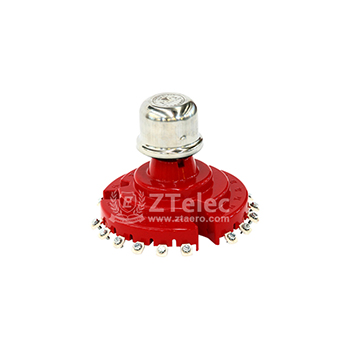Principle of Non Excitation Tap Changer
The principle of the non excitation tap changer is that when the transformer voltage is fluctuated up and down, the number of turns on the primary side of the transformer needs to be adjusted, so as to maintain the voltage stability of the secondary side of the transformer as far as possible. There are usually two modes of voltage regulation: load voltage regulation (adjustable pressure with load) and unloaded voltage regulation (not carrying load regulation).


Magnetic switch often closed principle: closed “closed,” open “open”. Otherwise, if a low voltage relay is normally closed, normally no voltage will occur when normal voltage is normal. The coil is excited. On the contrary, the normally closed contact is open. If a low voltage occurs, then the coil loses its magnetic field and the normally closed contact is closed. According to this statement in the normal case of low-voltage relay does not act when it is not excited.
If you want to achieve remote control, the need for the switch structure is different, but also with the controller. Non-excitation switch because it can not be charged shift, so want to shift when the first power to ensure that the transformer does not have electricity to operate, so the remote control is not necessary for non-excited switch.